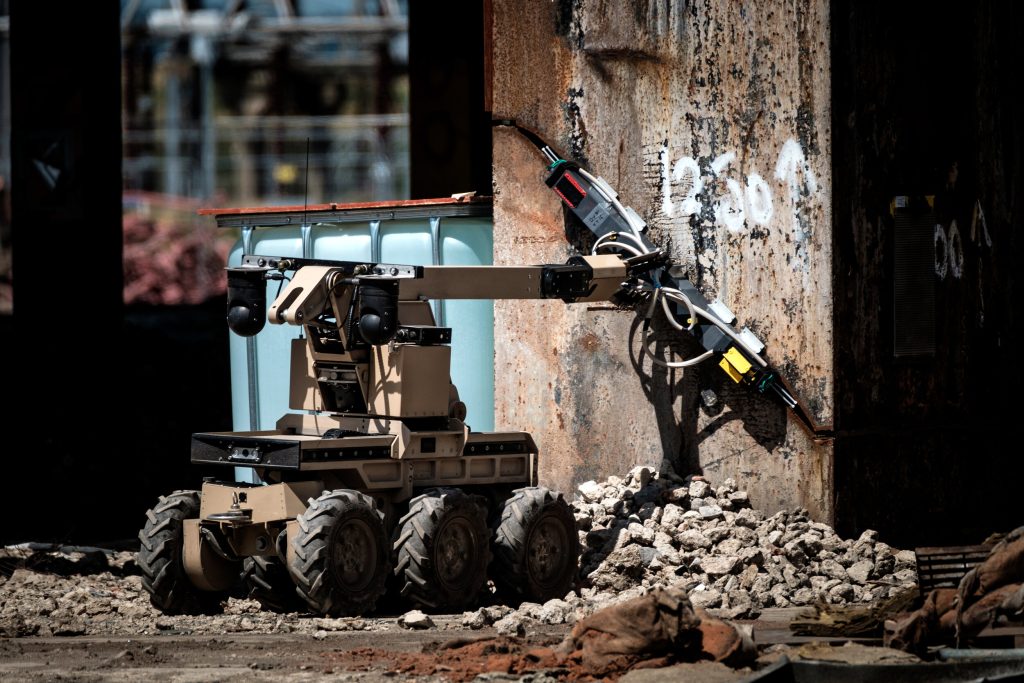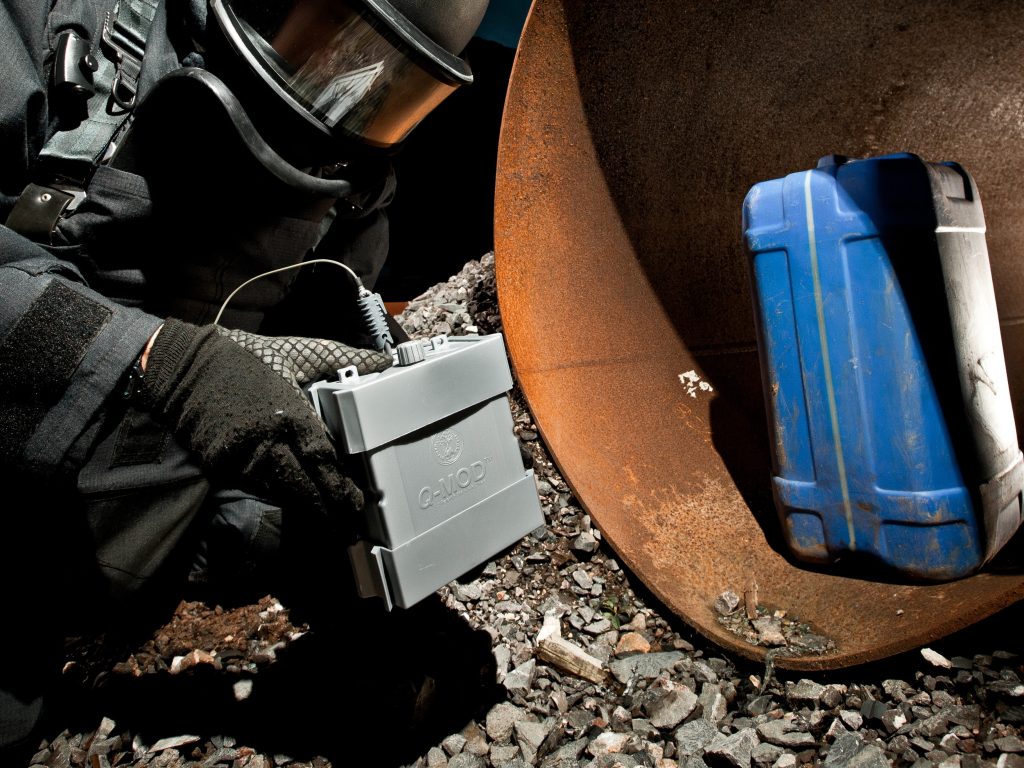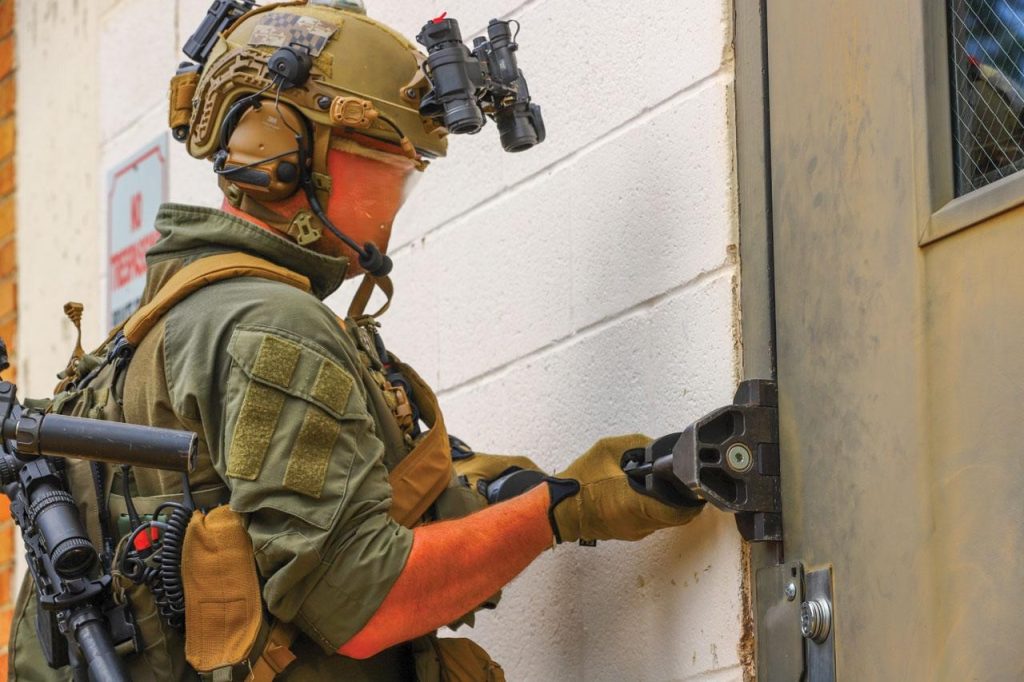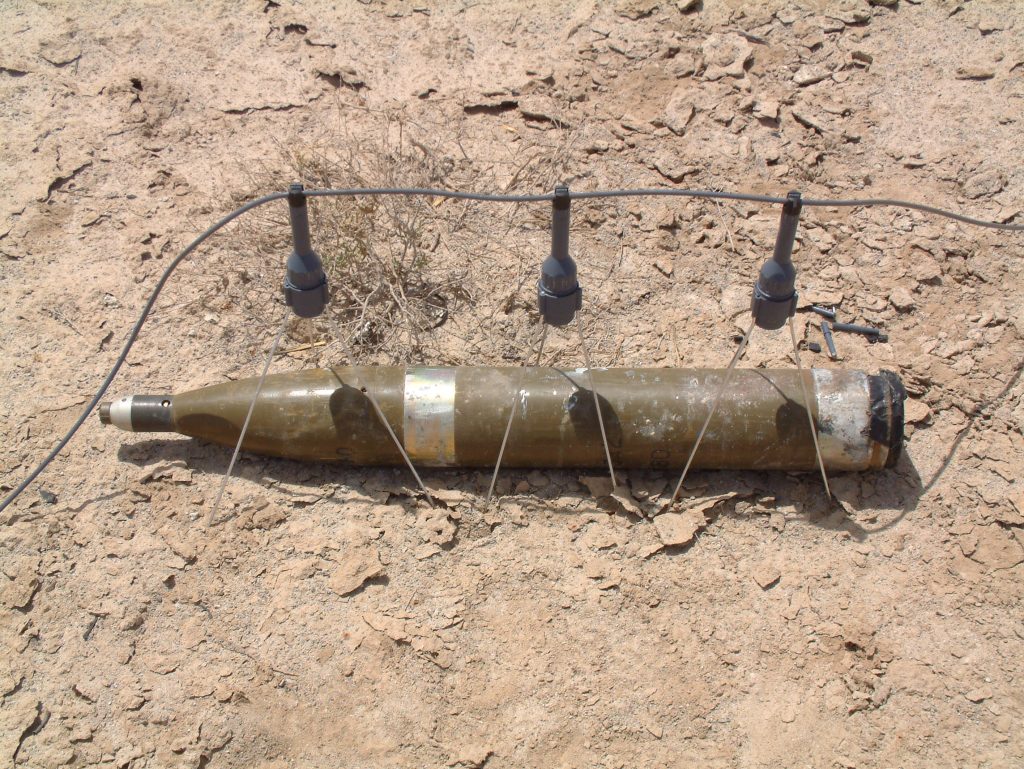
The Crucial Role of Humanitarian Demining Action
Author: Jon Hall
Published: 24th September 2024
Landmines and unexploded ordnance (UXO) present a significant threat to human safety and development in post-conflict regions. Humanitarian demining is the process of removing these deadly remnants of war to ensure safe living conditions for affected populations. This blog explores the importance, methods, and impacts of humanitarian mine action (HMA).
Understanding the Threat of Landmines and UXO
The Scope of the Problem
Millions of landmines are scattered in over 60 countries worldwide, posing a grave risk to civilians. These devices, often remnants of past conflicts, can lie dormant for decades, injuring or killing unsuspecting individuals. Unexploded ordnance, which includes artillery shells, grenades, and cluster munitions, adds to this threat, making vast tracts of land hazardous and unusable.
Human and Economic Costs
The human cost of landmines is staggering. Thousands of people are killed or maimed each year, with children being particularly vulnerable. Survivors often face lifelong disabilities, leading to socio-economic challenges and a heavy burden on healthcare systems. Additionally, landmines prevent using fertile land for agriculture, hinder infrastructure development, and slow down post-conflict recovery efforts.

Humanitarian Demining Vulcan in position over UXO
The Humanitarian Demining Process
Survey and Mapping
The first step in humanitarian demining is to identify and map contaminated areas. This process involves historical research, community interviews, and technical surveys. The information gathered helps prioritise areas for clearance and ensures the efficient use of resources.
Clearance Operations
After identifying hazardous areas, teams begin clearance operations. They categorise these operations into:
Manual Demining: Trained personnel use metal detectors and prodding tools to locate and safely remove landmines.
Mechanical Demining: Machines, such as armoured vehicles equipped with flails or tillers, clear large areas more quickly.
Mine Detection Dogs: Highly trained dogs sniff out explosives, providing a fast and effective method for detecting mines.
Explosive Ordnance Disposal (EOD)
Specialised EOD teams handle the safe disposal of unexploded ordnance. This process requires precise techniques to neutralise the threat without detonation, ensuring the safety of the demining teams and nearby populations.
The Impact of Humanitarian Demining
Safety and Security
The primary impact of demining is the immediate increase in safety for local populations. Clearing landmines and UXO reduces casualties and fatalities, allowing people to move freely without fear. This newfound security is essential for the psychological well-being of communities emerging from conflict.
Economic Development
Demining opens up land for productive use. Agricultural activities can resume, boosting food security and providing livelihoods for affected populations. Infrastructure projects, such as roads and schools, can proceed, fostering economic growth and development.
Social Stability
Safe environments contribute to social stability. Communities can rebuild homes, schools, and public facilities without the constant threat of landmines, which is crucial for the long-term recovery and development of post-conflict societies.
Environmental Restoration
Clearing landmines also has environmental benefits. It enables the restoration of natural habitats, allowing wildlife to return and ecosystems to recover. In turn, this restoration supports biodiversity and ecological balance.
Challenges in Humanitarian Demining
Technical and Logistical Hurdles
Humanitarian demining is a complex and resource-intensive process. Technical challenges, such as deeply buried mines or varied soil conditions, can slow down operations. Logistical issues, including access to remote areas and the need for continuous funding, further complicate efforts.
Political and Security Concerns
Demining activities often take place in politically unstable regions. Ensuring the safety of demining personnel amidst ongoing conflict or insurgency is a significant concern. Additionally, gaining the cooperation of local authorities and communities is essential for successful operations.
Sustaining Funding and Support
Humanitarian demining requires sustained financial and technical support. International donors, non-governmental organisations (NGOs), and governments must collaborate to provide the necessary resources. Advocacy and awareness campaigns are crucial to maintaining global attention and funding for demining efforts.

Case Studies of Successful Humanitarian Demining
Cambodia
Cambodia is one of the most heavily mined countries in the world. Decades of conflict have left millions of landmines scattered across the country. Significant progress has been made in clearing contaminated areas through coordinated efforts by the Cambodian government, international NGOs, and local communities. The clearance has enabled the return of agricultural activities and the resettlement of displaced populations.
Mozambique
Mozambique was declared mine-free in 2015 after decades of dedicated demining work. The successful clearance of landmines has allowed the country to focus on development and rebuilding. Mozambique’s experience demonstrates the importance of sustained international support and local commitment to achieve mine-free status.
Bosnia and Herzegovina
Bosnia and Herzegovina still faces challenges with landmines from the 1990s conflict. However, substantial progress has been made through international cooperation and innovative demining techniques. The ongoing efforts highlight the long-term nature of demining work and the need for continuous support.
The Future of Humanitarian Demining
Technological Innovations
Advancements in technology are set to revolutionise humanitarian demining. Drones equipped with ground-penetrating radar and artificial intelligence (AI) can enhance detection accuracy and speed up clearance. Autonomous demining robots are also being developed to handle high-risk areas, reducing the need for human involvement.
Strengthening International Cooperation
Global collaboration is essential for the future of demining. International treaties, such as the Mine Ban Treaty (Ottawa Convention), foster cooperation and ensure compliance with demining obligations. Strengthening partnerships between governments, NGOs, and the private sector will enhance resource mobilisation and knowledge sharing.
Community Involvement and Education
Engaging local communities in demining efforts is vital. Community education programs raise awareness about the dangers of landmines and UXO, promoting safe behaviours. Involving local populations in the demining process ensures sustainability and builds trust between demining organisations and affected communities.

Conclusion
Humanitarian demining is an essential and life-saving endeavour that addresses past conflicts’ deadly legacy. By removing landmines and unexploded ordnance, demining efforts restore safety, promote economic development, and foster social stability in affected regions. Despite the challenges, continued technological innovations, international cooperation, and community involvement hold promise for a future free from the threat of landmines.
Alford Technologies offers a range of highly effective, user-friendly products designed to neutralise explosive threats in post-conflict areas. Visit Project Yellowstone for more.




